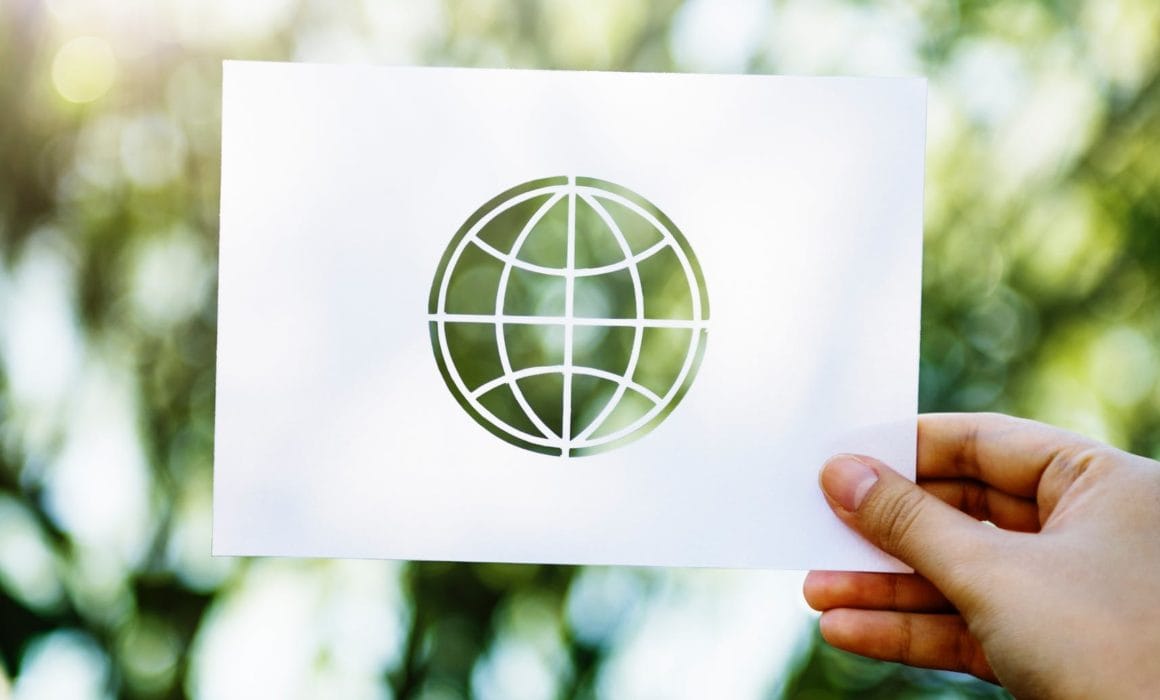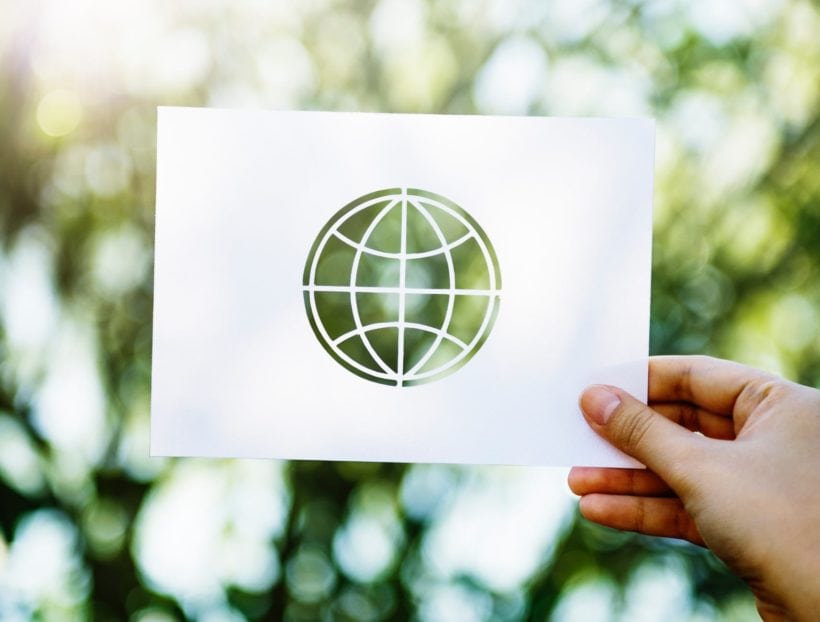Manufacturing a Sustainable Future
 Mondelēz International, a snack food giant best known for brands like Oreo, Ritz, and Cadbury, made headlines last week after cutting ties with 12 palm oil suppliers engaged in deforestation. The company is working to improve transparency and sustainability in their supply chain in order to meet the needs of consumers, stakeholders, and the planet by holding suppliers accountable for their products. Palm oil is a common target for environmental advocacy organizations because of its ubiquity (it is found in a wide array of products like snack food, lipstick, pizza, and shampoo), its social impact (the industry is known to displace indigenous peoples), and its immense environmental impacts (carbon emissions, habitat destruction, and wildlife extinction). Videos like THIS featuring orphaned orangutans tug on our heartstrings and make us, the consumers, consider the effects of the products we buy. When there is enough social pressure, companies respond.
Mondelēz International, a snack food giant best known for brands like Oreo, Ritz, and Cadbury, made headlines last week after cutting ties with 12 palm oil suppliers engaged in deforestation. The company is working to improve transparency and sustainability in their supply chain in order to meet the needs of consumers, stakeholders, and the planet by holding suppliers accountable for their products. Palm oil is a common target for environmental advocacy organizations because of its ubiquity (it is found in a wide array of products like snack food, lipstick, pizza, and shampoo), its social impact (the industry is known to displace indigenous peoples), and its immense environmental impacts (carbon emissions, habitat destruction, and wildlife extinction). Videos like THIS featuring orphaned orangutans tug on our heartstrings and make us, the consumers, consider the effects of the products we buy. When there is enough social pressure, companies respond.
Think of the last item you purchased. Do you know who made it? Do you know where? Do you know where the raw materials came from, or how they were transported? Could you list every vendor involved in the creation, sale, and disposal of your item and vouch for how they treat their employees? Of course not! Do you care about the social and environmental impacts of the products you support as a consumer? Probably.
So how can consumers be sure they are supporting a socially, environmentally, and economically responsible company? The business must be knowledgeable about their supply chain and transparent with consumers about their practices. Unfortunately, many businesses are not in contact with, or even aware of, all of their suppliers. A 2016 report by The Sustainability Consortium, a nonprofit organization dedicated to improving the sustainability of consumer products, revealed that over half of the 1,700 vendors surveyed had zero visibility into the sustainability performance of their own supply chains. Not only is this concerning, it is unsustainable.
What does it mean to be sustainable?
The term ‘sustainable’ has become so overused that its utterance inspires more eye rolls than action. Most companies now claim they are ‘committed to sustainability’, but measuring the upstream and downstream impacts of their promises can be exceedingly difficult to track and verify across global systems. What does it actually mean to be sustainable? Merriam-Webster defines it as, “of, relating to, or being a method of harvesting or using a resource so that the resource is not depleted or permanently damaged.” Another often quoted definition comes from Our Common Future, also known as the Brundtland Report: “sustainable development is development that meets the needs of the present without compromising the ability of future generations to meet their own needs.” While there are many other definitions out there, sustainability is, at its core, the idea that we can and should responsibly manage our shared, finite resources for current and future generations.
Presently, we are failing.
Each year, the Global Footprint Network acknowledges the date when our global demand for ecological resources surpasses the environment’s ability to regenerate those resources in that year. In 2018, World Overshoot Day was August 1, meaning humanity would need 1.7 Earths to sustain our current level of consumption. The United States, a top consumer, exceeded its allowance by March 15.
Economy and Ecosystem, not Economy vs Ecosystem
To solve this consumptive crisis, producers must acknowledge that they function within the confines of an environment that has a limited capacity to regenerate the materials and services we consider resources. Historically, manufacturers have done very little to manage the resources they consume, degrading the air, water, and land we all rely upon. Internalizing the cost of these uncompensated impacts, or environmental externalities, would increase manufacturers’ operating costs significantly, and traditional market incentives encourage companies to keep prices as low as possible. While estimates vary, the global cost of environmental externalities like carbon emissions, water use, and pollutants is generally considered to be in the trillions of dollars annually.
The Role of Industry
Some corporations have taken the initiative to internalize these costs despite the market. For example, athletic-wear company Puma has become an environmental leader by releasing an annual report that details their environmental profits and losses, increasing internal control of their supply chain and external transparency with stakeholders. Meanwhile, Cisco Systems will eliminate one million tons of greenhouse gases from their supply chain by 2020 while decreasing their use of virgin plastics by 20% in 2025. These industry leaders are working to ensure their companies’ future success while creating a new set of consumer expectations for competitors.
The Role of Government and Policy-makers
The United States government has a number of tools at its disposal to promote and enforce sustainable practices. Commonly used tactics include tax incentives, which can be used to help defray the cost of switching to sustainable technologies, and permit systems, which provide a set of mandatory standards a business or industry must meet to operate legally. Economists and policy-makers continuously strategize new, innovative policies and hybrid approaches that incentivize positive change.
The Role of NGOs
Non-governmental organizations (NGOs) are key drivers of sustainable development on the international scale. Some organizations, like Greenpeace, instigate change by applying public pressure via protests and media campaigns, while others, like CERES, work with influential investors and companies to transform the economy. The majority of large environmental NGOs, like NRDC and the Sierra Club, use a combination of scientific exploration, media campaigns, and political strategy to build a sustainable future.
The Role of Consumers
A conscious consumer purchases products and services from companies that are environmentally and socially responsible. Each dollar spent is a vote, and it is up to the consumer to determine what types of companies they will support. Reading marketing material on the product is a good place to start, and sustainability certifications can help weed out the least sustainable options. Look for B Corporations, Cradle to Cradle certification, and other identifying symbols on the packaging. When shopping online, investigate a product before purchasing. Does their website discuss sustainability and demonstrate their metrics? Do they offer information on their supply chain? Has the company achieved any of its emissions reduction goals or can they offer proof of their commitment? The marketplace is sensitive to consumer desires and follows trends carefully, so ask questions and expect answers from the companies asking for your dollars.
In the words of Jane Goodall, “The greatest danger to our future is apathy.”


